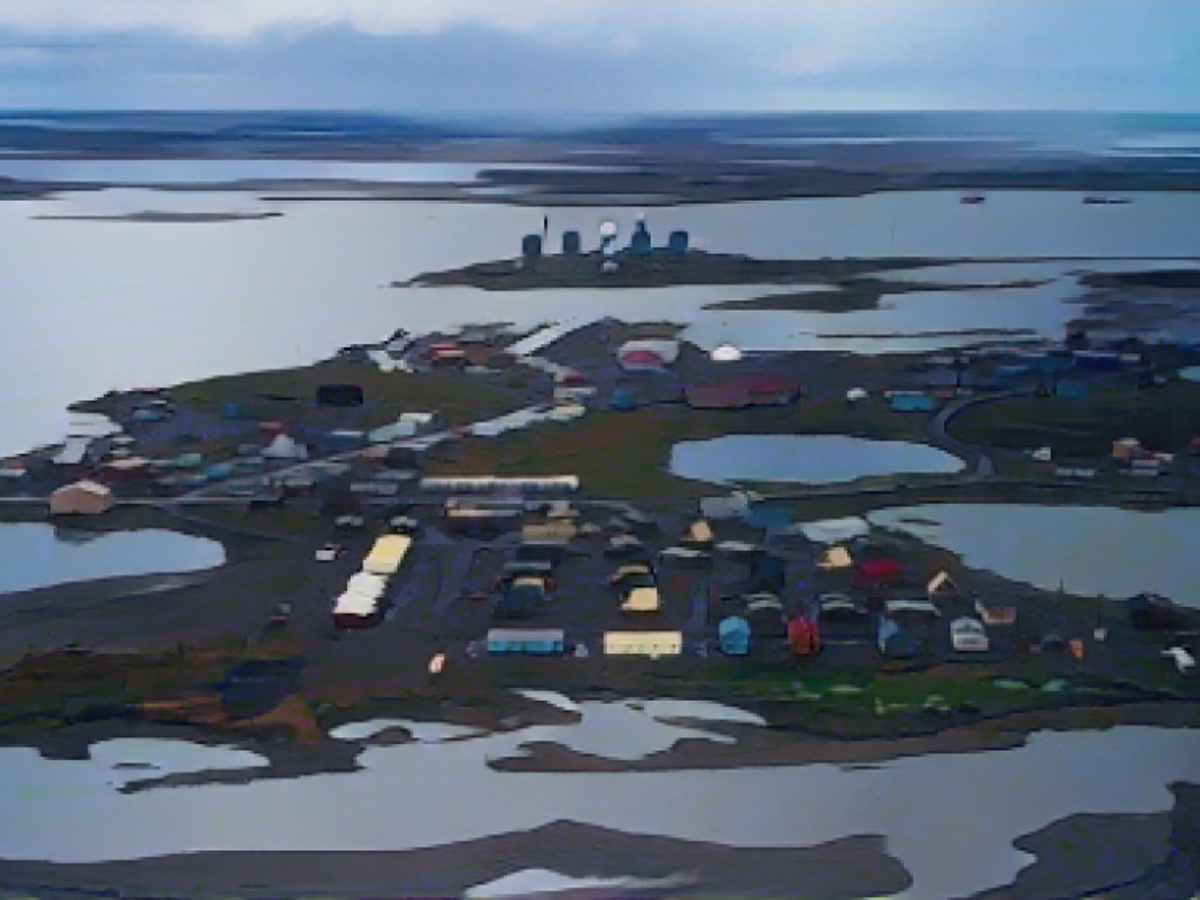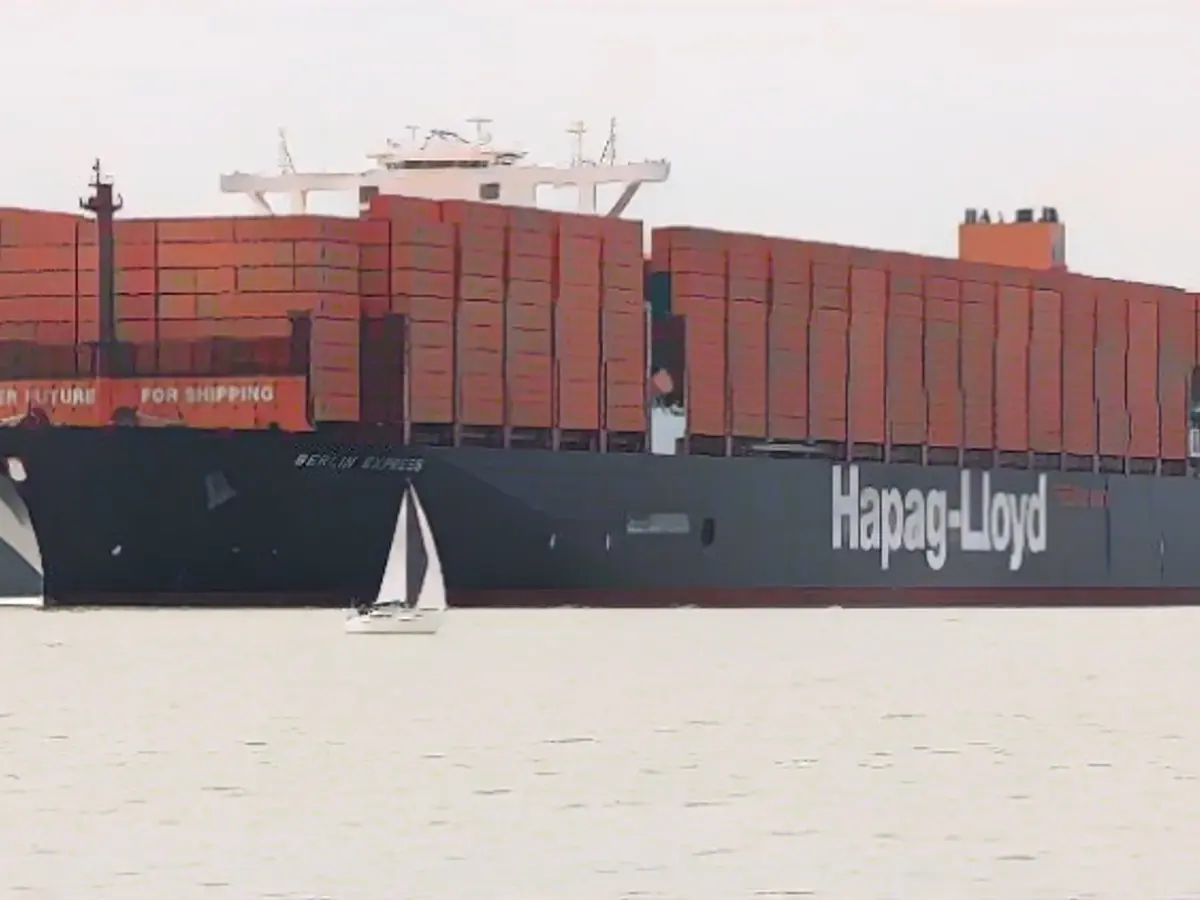Climate Change's Impact on Permafrost: A Looming Crisis
Permafrost, covering approximately 15% of the Earth's landmass, is spread across various global locations like Alaska, Scandinavia, Russia, Canada, China, Greenland, and even Germany's Zugspitze. However, this natural phenomenon is under threat due to climate change, causing a host of unpleasant side effects, such as the resurrection of zombie viruses, flooding, and landslides.
Impacts on Settlements and Economy
To gain a comprehensive understanding of the problem, researchers have combined field data, computer simulations, and socio-economic analyses. Their findings paint a grim picture; around 5 million people live in 1162 permafrost settlements, with almost half of them at risk of disappearing into the mud by 2050. This translates to a staggering 3 million people being forced from their homes.
In addition, about half of the areas where essential industries like oil and gas extraction, mining, and other related activities are carried out today could thaw by 2050. These industries are often the primary economic contributors and employers in these regions. Abandoning these facilities would have severe consequences for the local population.
Broadening the Knowledge Base
Recognizing the importance and far-reaching nature of the issue, the researchers have made the results of their study easily accessible to a wide audience. Their objective is facilitating an informed public debate on the looming crisis caused by climate change-induced permafrost melting.
Climate change-induced permafrost melt is expected to have significant consequences on settlements and industries in permafrost regions by 2050. Below are some of the predicted impacts:
- Infrastructure Damage: Thawing permafrost can wreak havoc on human infrastructure, such as railways, settlements, and pipelines, resulting in service disruptions.
- Carbon Emissions: Permafrost thawing will continue to release CO2 and methane, contributing to climate change. This process is irreversible on human timescales.
- Increased Risk of Landslides and Avalanches: Changes in precipitation patterns and permafrost thawing increase the frequency, intensity, and unpredictability of landslides and avalanches in mountain regions.
- Economic Impacts: Permafrost thawing can impact agriculture, forestry, and water availability, leading to economic losses.
- Human Health Risks: Thawing permafrost can exacerbate heatwaves and thermal discomfort, particularly in informal settlements without cooling systems or shade.
- Water Scarcity and Flooding Risks: Changes in precipitation patterns and increased evaporation due to higher temperatures can lead to water scarcity and flooding risks.
- Disruption of Natural Hydrological Cycles: Urban growth and water demand can disrupt natural hydrological cycles, leading to water stress and reduced water availability for ecosystems and communities.
These consequences underscore the urgency of tackling climate change to mitigate the impacts of permafrost thawing on settlements and industries in permafrost regions.








